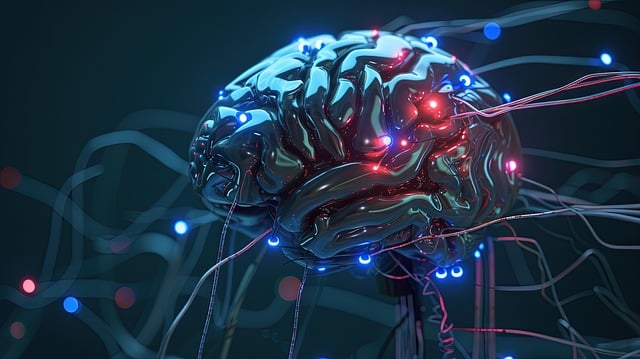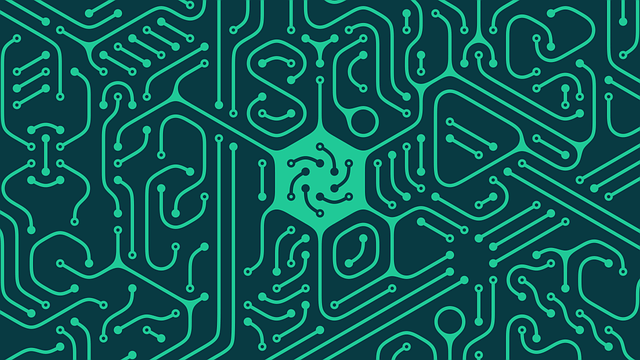Machine learning is the backbone of modern artificial intelligence, driving innovations in data analysis, automation, and decision-making. Among its foundational pillars are supervised learning techniques, unsupervised learning algorithms, and reinforcement learning applications. Each of these types of machine learning models offers unique approaches to processing and understanding data. This blog post dives deep into these categories, explaining their methods, applications, and key differences. Whether you’re a beginner looking to grasp the basics of machine learning or a professional exploring advanced concepts like supervised vs unsupervised learning, this guide will help you understand the intricacies of these powerful tools.
Supervised Learning Techniques
Supervised learning is a machine learning method where the model is trained on labeled data. This means that the algorithm is given input-output pairs, and its goal is to learn the mapping between them.
How Supervised Learning Works
Supervised learning relies on labeled datasets, which contain both input features and corresponding correct outputs. The model uses these examples to learn a function that predicts the output for unseen inputs. For instance, in spam detection, the model is trained on emails labeled as spam or not spam, enabling it to classify new emails accurately.
The process typically involves splitting the data into training and testing sets. The algorithm trains on the former and evaluates its performance on the latter, fine-tuning parameters to improve accuracy.
Supervised Learning Algorithms List
Common algorithms in supervised learning include linear regression, logistic regression, decision trees, and support vector machines. Each has specific strengths; for example, linear regression excels at predicting continuous variables, while decision trees are intuitive for classification tasks.
Supervised learning finds applications in diverse fields, such as healthcare, where it predicts patient outcomes, and finance, where it assesses credit risk. Its versatility and precision make it a cornerstone of AI.
Unsupervised Learning Algorithms
Unlike supervised learning, unsupervised learning works with unlabeled data. The goal here is to uncover hidden patterns or structures within the data without any prior knowledge of outputs.
Unsupervised Learning for Clustering
Clustering is one of the most common applications of unsupervised learning. Algorithms like k-means and DBSCAN group data points based on similarities, helping identify natural clusters. For instance, in customer segmentation, clustering can group customers with similar purchasing behaviors for targeted marketing.
Clustering algorithms are powerful in exploratory data analysis, revealing insights that might not be evident otherwise. Their utility spans industries, from retail to genetics, offering ways to understand complex datasets.
Applications of Unsupervised Learning
Unsupervised learning is widely used in dimensionality reduction, anomaly detection, and feature extraction. Techniques like principal component analysis (PCA) simplify high-dimensional data, making it easier to visualize and analyze.
For example, in cybersecurity, unsupervised learning detects unusual network activity, flagging potential threats. Similarly, in image compression, it reduces data size without losing essential features.
Reinforcement Learning Applications
Reinforcement learning stands apart by focusing on decision-making through interaction with an environment. The model learns by trial and error, aiming to maximize cumulative rewards.
Understanding Reinforcement Learning
Reinforcement learning involves an agent, environment, actions, and rewards. The agent takes actions in the environment, receives feedback in the form of rewards, and adjusts its strategy to improve performance.
This approach is well-suited for problems requiring sequential decision-making. For instance, in robotics, reinforcement learning enables robots to learn tasks like walking or assembling parts by interacting with their surroundings.
Reinforcement Learning in AI
In the field of AI, reinforcement learning powers advanced applications like autonomous vehicles and game-playing AI. Algorithms like Q-learning and deep reinforcement learning have achieved remarkable success in training AI agents to master complex games like chess and Go.
Beyond games, reinforcement learning optimizes resource allocation in supply chains and energy grids, showcasing its versatility.
Supervised vs Unsupervised Learning
While both supervised and unsupervised learning aim to extract insights from data, their approaches differ significantly. Supervised learning requires labeled data, making it suitable for predictive tasks, whereas unsupervised learning works with unlabeled data, excelling at finding hidden patterns.
Understanding these differences is crucial for selecting the right technique for a specific problem. For example, supervised learning is ideal for fraud detection, while unsupervised learning works well for exploratory analysis.
Conclusion
Supervised, unsupervised, and reinforcement learning represent the core types of machine learning models, each serving distinct purposes. Supervised learning is perfect for tasks with labeled data, such as predictions and classifications. Unsupervised learning uncovers patterns and structures in unlabeled data, excelling in clustering and dimensionality reduction. Reinforcement learning, on the other hand, thrives in environments requiring strategic decision-making. Together, these methods form a comprehensive toolkit, enabling businesses and researchers to solve complex problems and drive innovation in AI applications.






